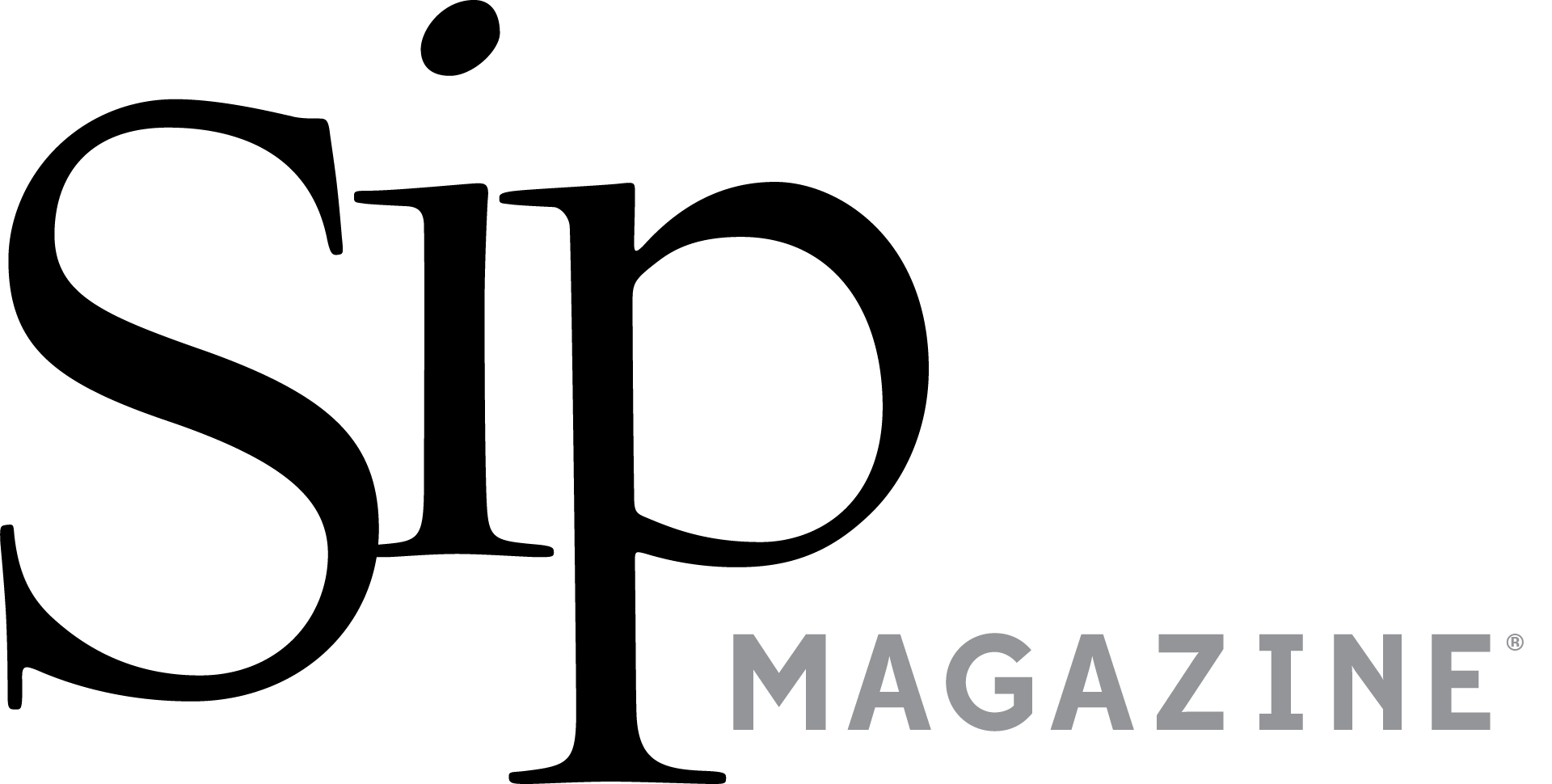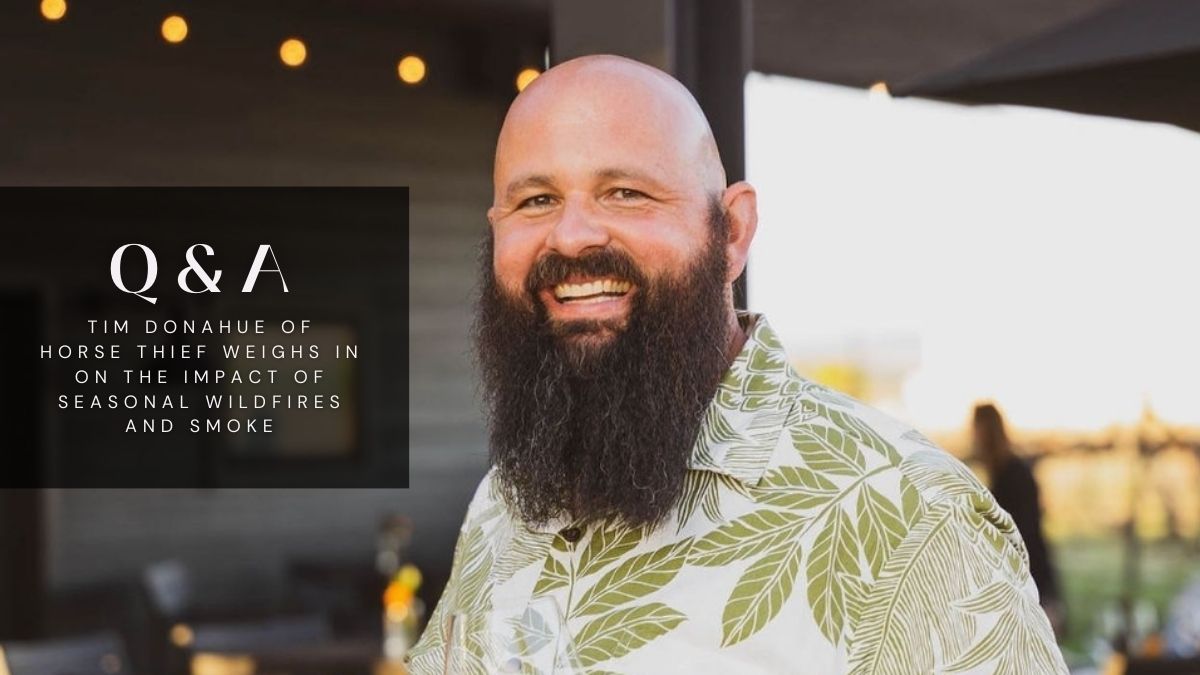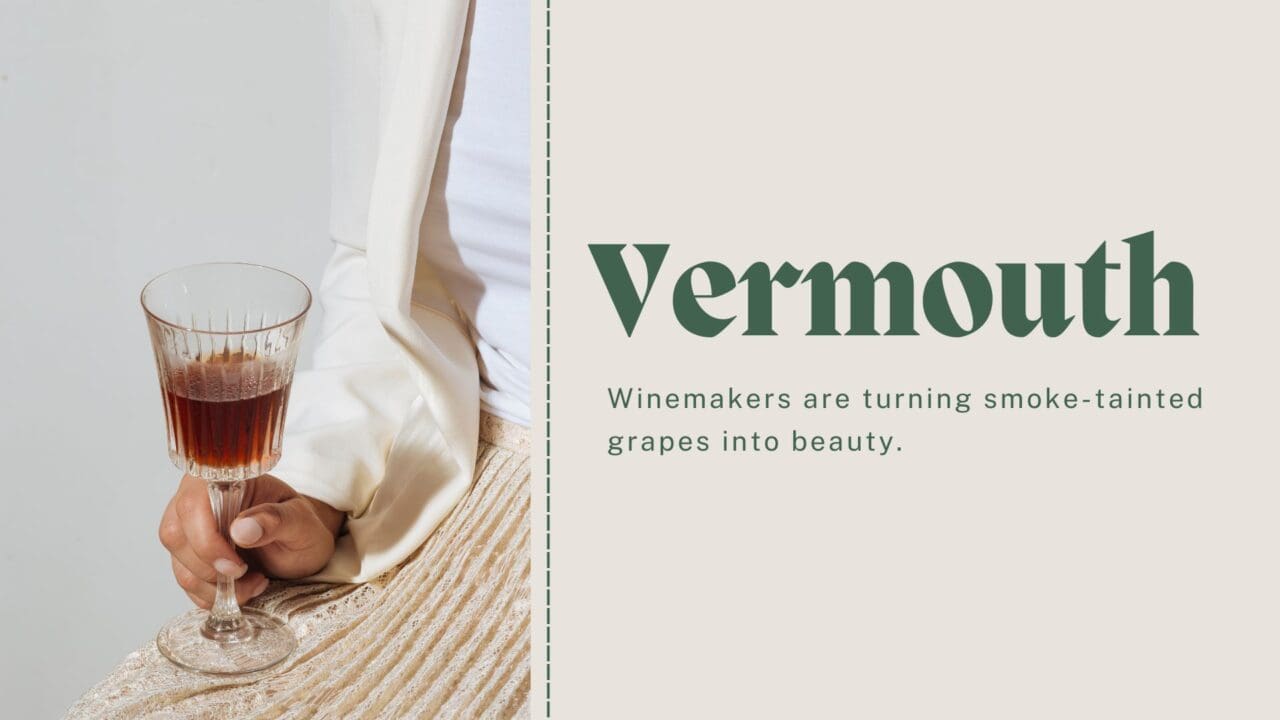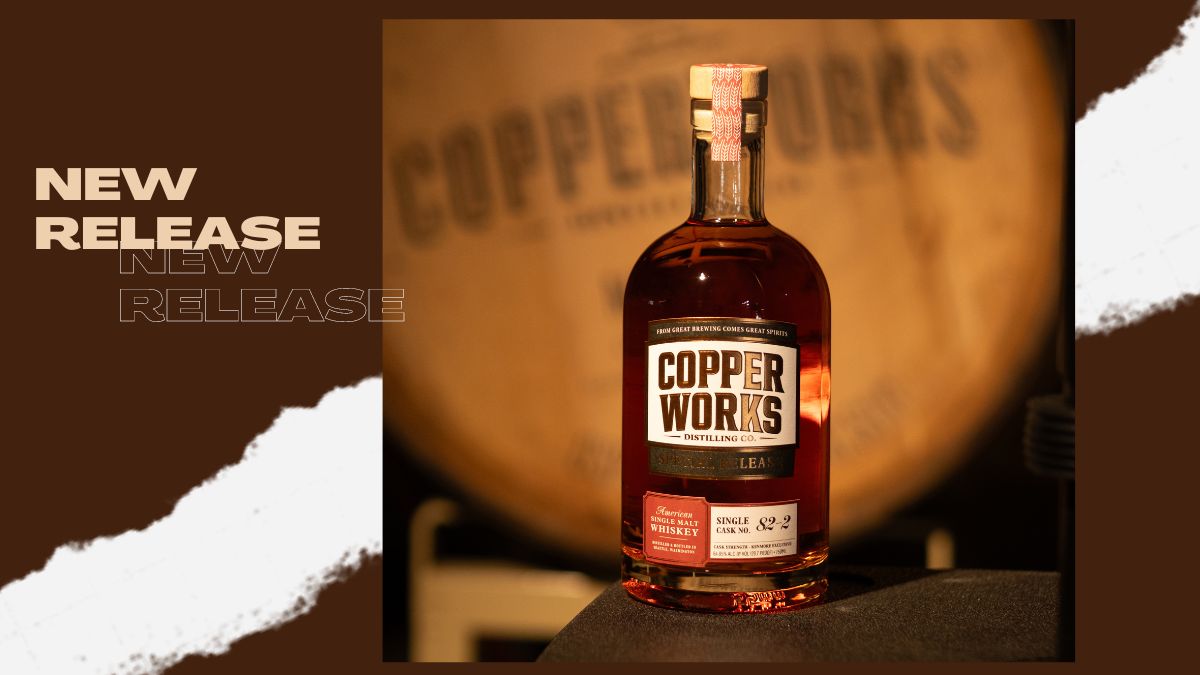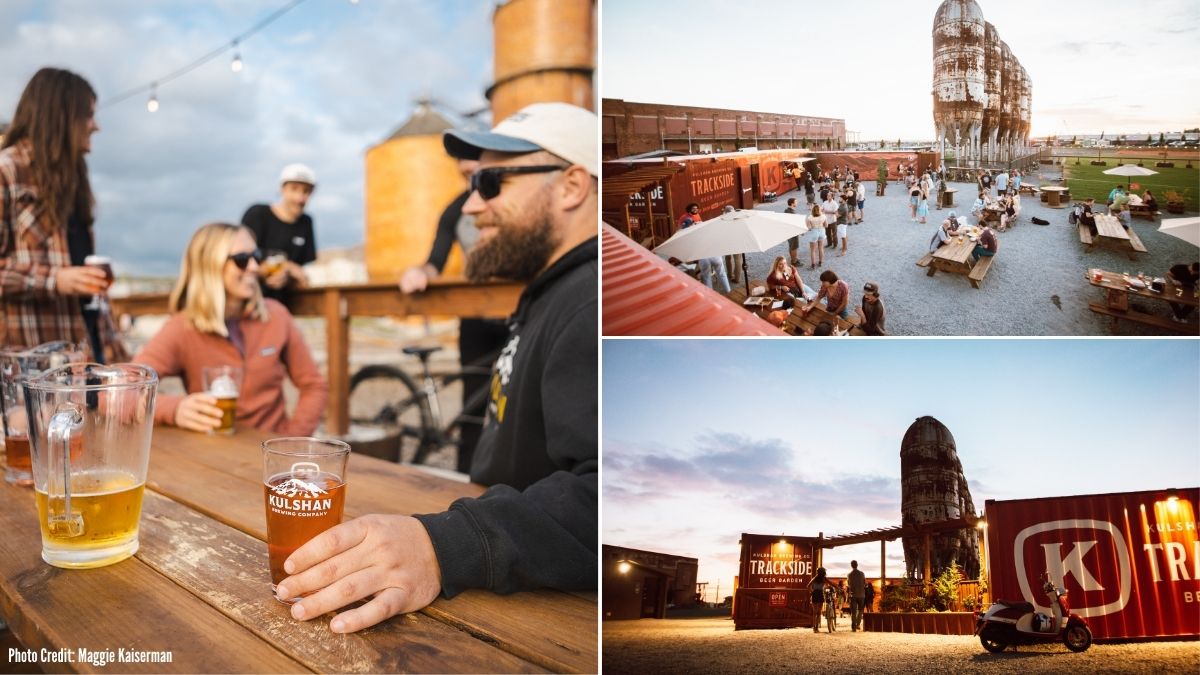Smoke comes with the territory here in the American West, and farmers are learning to adapt. The wine industry is putting a lot of research into the topic, concerned about the impacts of smoke and continued hazy conditions in the region as we trudge through climate change.
We reached out to Tim Donahue for some wisdom on smoke and how it’s changing the winemaking realm. He runs Horse Thief, an outfit based in Walla Walla, Washington, that offers technical support and innovative solutions to wine industry players. Donahue says a lot of volatile compounds have been identified lately, which can help set thresholds for insurance and grape quality reasons. “A lot of great work has been done by the AWRI, UC Davis and ETS laboratories to find and standardize methods of analysis for reproducible results,” he says.
We sent Donahue a few more related questions and he offered some lengthy — sometimes sarcastic, as he’s known to be — insights. Read on for more.
Sip: How are wineries adapting to the new normal?
Tim Donahue: It’s not a new normal, per se. Smoke has always been an issue. However, it wasn’t known before what smoke impact was. In Washington in 2012, there was prolonged smoke impact on the wines, yet it was considered a benchmark vintage. Revisit some ’12s now that you know — you will find it! Now that folks know what they are looking for, they are like ‘OMG I FOUND THIS NEW THING – AAAGGHHHH ITS SMOKE!!!’ Congratulations, you learned a new trick. Kind of like in 1995 when somewhere around 10-25% of all wine had TCA (cork taint), but nobody cared, that’s just the way it was — and we liked it, damn it!
The bigger consideration is that forests have always burned — this isn’t some new phenomenon. It just so happens that humans are A) moving into, and performing agriculture in areas where fires occurred and B) it’s entirely possible that humans are interfering with the natural burn process, causing more frequent, yet smaller, fires. As long as humans continue to interfere with the natural forest burn process, there will continue to be more frequent smoke events. As long as humans plant grapes near where fires occur, there will be more smoke impact. Yet, humans will blame it on something else, couldn’t possibly be us … the road to hell is paved with our hubris.

Sip: Do thicker-skinned grapes fare better in smoky conditions?
TD: Nope. Petit Verdot seems to be the ‘canary in the coal mine’ and is one of the most prone varieties to exhibit smoke. I can assure you, Petit Verdot is anything but thin-skinned! Pinot Noir displays smoke so easily because it is such a delicate variety, that there isn’t much to cover it up. Even though Pinot Noir may have lower actual numbers, the smokiness may be more pronounced. It’s always a crapshoot depending on the variety of grape and its physiological development stage combined with the underlying material undergoing pyrolysis, concentration of smoke and duration. It’s never going to show up the same twice.
Problem is that most of the problematic compounds are digested by the plant and dumped into the berry. It’s not smoke on the skin, but it’s IN the berry. Worse yet, most of the compounds are glycosylated (fancy word for stuck to a sugar) and they get released when a yeast eats the sugar and pops the offending compound out through its membrane. Smoke can continue to evolve over months or even years. Heck, many wines get ‘fixed’ with enzyme treatment and differential filtration just to pop off as smoky two years down the road. Ask me about the Washington Wine Tech Group trials we did in 2020 and revisited in 2022 … so disappointing!
Sip: I know a lot of it comes down to preference and how palates deal with smoke in certain wines. Are there standards or official thresholds now that can be used to determine if a wine is officially overly impacted by smoke?
TD: At the current time, the insurance industry is focusing on two compounds, guaiacol and 4-methyl-guaiacol for insurance claims. Right now, there seems to be a fairly robust correlation between free guaiacol and the potential for smokiness to show in wine. We still have a way to go in standardizing though. That being said, there is a lot of academic posturing about who gets the credit and who sets the levels. Given the pace of academia, we will probably know in a few decades. I do really like what ETS is doing. As for the compounds, heck, it’s tough to say. It’s like different microbes in wine. A little Pediococcus may make a Pinot Noir taste all mousy and weird, but a wine from the Rocks District just isn’t right without a little pedio. And is Bordeaux really Bordeaux without some Brettanomyces? But in a Walla Walla Merlot, it would be considered faulty. To paraphrase Paracelsus, ‘Tis’ not the compound, but the dosage which makes a poison.’ Same with smoke, a little dash of the right compounds can be enhancing and interesting, too much and it tastes like an ashtray. That being said, I’d be willing to bet that I could do a Google search for folks that like licking ashtrays. Can confirm, this exists, damn it,’ can’t unsee! Maybe we’ve just found our new target market … .
Sip: What do you think the future holds for smoke and the wine industry in the Northwest?
TD: It will be around and an issue. It will be a vintage-vintage variable. It isn’t a PNW phenomenon at all, we actually have far lower risk based on the substrates for the fires (pine and grass). Australia and California have eucalyptus trees to deal with, and they can deliver a significantly greater impact.
Of course, humans are automatically afraid of fire and paranoid about climate change – which, if anything will benefit the PNW tremendously, CO2 is also a lovely fertilizer, but I digress. So smoke will always be a hot topic (pun totally intended) because it’s scary!
Last fun, duck billed platitude — all of the CO2 being released by burning oil and natural gas was in the atmosphere at one point. It was sequestered by the flora and fauna millions of years ago using solar energy. I’m not advocating continuing to burn these things, but it’s just something to note (says the guy who built his R-100 LEED bronze house with 20KWH of solar on his roof and a 1000hp Tesla). Apparently, I’ve become the grumpy old man. The much larger concern for the wine industry is generational change, wealth concentration, a dying middle class and younger folks eschewing alcohol. But, that’s not as fun to talk about, so FIRE!
